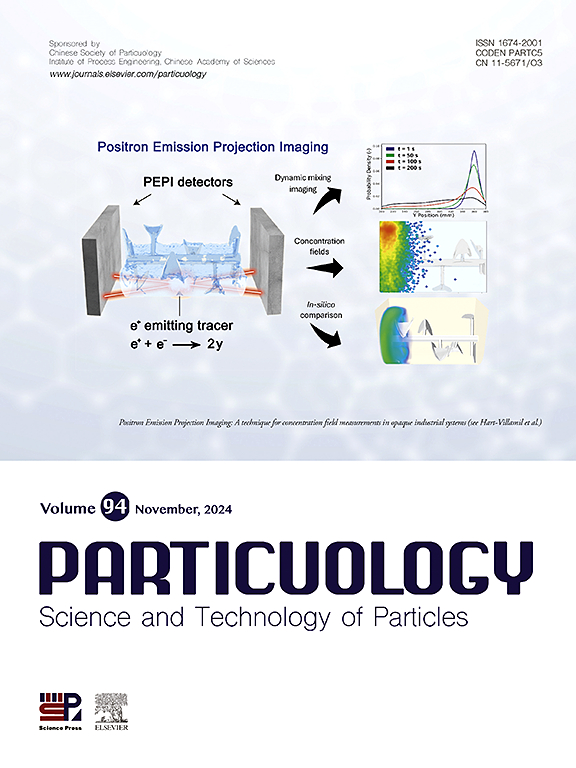非定常事件引起的流体/火焰动力学中的广义记忆效应
IF 4.3
2区 材料科学
Q2 ENGINEERING, CHEMICAL
引用次数: 0
摘要
记忆效应是非定常流体流动系统(如流体与运动结构的相互作用、湍流中的颗粒、湍流火焰传播)中的一个重要机制,但通常不被考虑,也没有引起太多关注。本研究试图通过一系列实例来强调这种记忆效应的重要性。以这种方式,表征记忆效应的三个关键组成部分可以以一般方式确定。然后通过研究收缩颗粒的流动来研究控制记忆效应的中心机制。研究发现,非定常触发事件的时间尺度与流动反馈的时间尺度的Damköhler数值直接决定了记忆效应的强度;Damköhler数字越小,效果越强烈。最后,由扑翼引起的流动被认为证明了记忆效应也可能有利于实际应用,例如仿生运动。本文章由计算机程序翻译,如有差异,请以英文原文为准。

A generalized memory effect in fluid/flame dynamics due to unsteady events
Though being an important mechanism in systems involving unsteady fluid flows (e.g., fluids interacting with moving structures, particles in turbulent flows, turbulent flame propagation), the memory effect is usually not considered and has not attracted much attention. The present study tries to highlight the importance of this memory effect based on a variety of examples. In this manner, the three key components characterizing the memory effect can be identified in a general manner. The central mechanism controlling the memory effect is then investigated by studying the flow over a shrinking particle. It is found that the Damköhler number comparing the timescales of the unsteady (trigger) event and of the feedback on the flow directly determines the intensity of the memory effect; a smaller Damköhler number results in a more intense effect. Finally, the flow induced by a flapping wing is considered to demonstrate that the memory effect could be also beneficial for practical applications, for instance for biomimetic locomotion.
求助全文
通过发布文献求助,成功后即可免费获取论文全文。
去求助
来源期刊

Particuology
工程技术-材料科学:综合
CiteScore
6.70
自引率
2.90%
发文量
1730
审稿时长
32 days
期刊介绍:
The word ‘particuology’ was coined to parallel the discipline for the science and technology of particles.
Particuology is an interdisciplinary journal that publishes frontier research articles and critical reviews on the discovery, formulation and engineering of particulate materials, processes and systems. It especially welcomes contributions utilising advanced theoretical, modelling and measurement methods to enable the discovery and creation of new particulate materials, and the manufacturing of functional particulate-based products, such as sensors.
Papers are handled by Thematic Editors who oversee contributions from specific subject fields. These fields are classified into: Particle Synthesis and Modification; Particle Characterization and Measurement; Granular Systems and Bulk Solids Technology; Fluidization and Particle-Fluid Systems; Aerosols; and Applications of Particle Technology.
Key topics concerning the creation and processing of particulates include:
-Modelling and simulation of particle formation, collective behaviour of particles and systems for particle production over a broad spectrum of length scales
-Mining of experimental data for particle synthesis and surface properties to facilitate the creation of new materials and processes
-Particle design and preparation including controlled response and sensing functionalities in formation, delivery systems and biological systems, etc.
-Experimental and computational methods for visualization and analysis of particulate system.
These topics are broadly relevant to the production of materials, pharmaceuticals and food, and to the conversion of energy resources to fuels and protection of the environment.
 求助内容:
求助内容: 应助结果提醒方式:
应助结果提醒方式:


